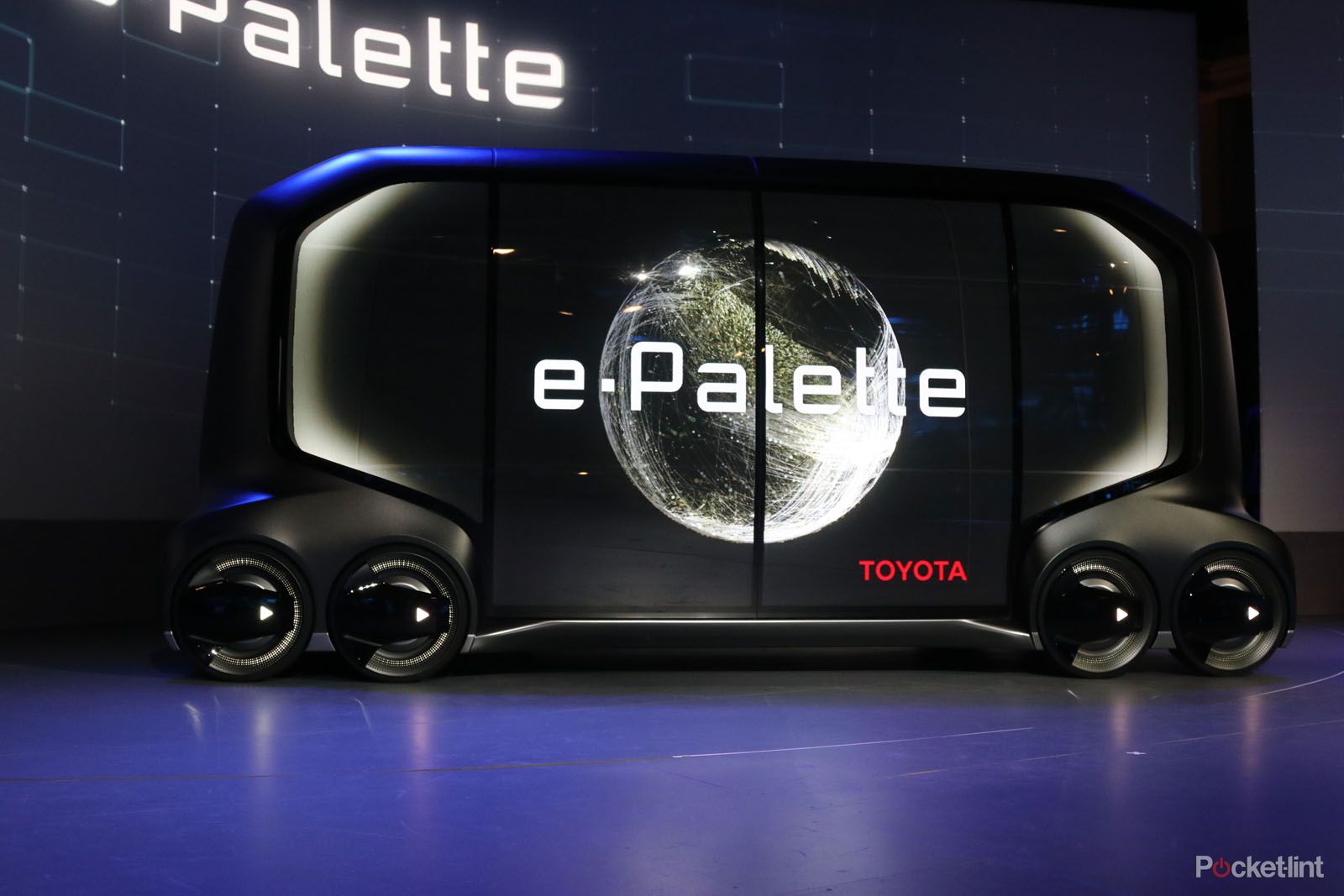At CES 2018, Toyota - the world's biggest car company - announced a new autonomous vehicle, called e-Palette, along with news that every Toyota and Lexus would be electrified by 2025. It's part of a bigger picture: Toyota seeing itself as transitioning from a car company, to become a mobility company, one which, according to CEO Akio Toyota, "would serve anyone on the planet, wishing to go across the country, across town or just across the room."
The real star of the show was e-Palette. It's a vision for future mobility services and mobility commerce. Essentially a fully electric, reconfigurable, vehicle that's about the size of a delivery van, Toyota envisages it as a platform which can be used for ride-sharing, or as a mobile office, as a hotel room on wheels, an autonomous delivery unit or mobile market place.
It even showed how the e-Palette could be used in a "swarm", to create a mobile, temporary city in the style of the Burning Man festival which takes place each year, not far from CES's Las Vegas location.
The e-Palette is around 6m long, just over 2m wide and you can stand up in it. Its exterior, instead of featuring styled sheet metal like a regular car, feature large screen-window displays. This allows for 360-degree views out when the e-Palette has people in it. Or for the screens to display branding, when it's being used for commerce.
Ok, you're thinking, this sounds like a bit of a "hedge your bets" approach from Toyota - but that would be to miss the point. The automotive industry is right now in transition, intersecting with the worlds of tech, logistics, shopping and more. And the point of the e-Palette is to provide a flexible platform for all of these things.
As Toyota spelled out, today Toyota is a car company - it's known for making reliable hardware. Ask anyone in the tech world, and they'll tell you the challenge for car companies is to transition to being software centric. But Toyota believe things go further, and that this company needs to create the mobility platforms that others can use.
To prove the point after unveiling the e-Palette, Toyota blew its competitors rather out of the water, by announcing the "e-Palette alliance" - which sees it partnering with Amazon, Uber, Didi, Pizza Hut and Mazda on this project, right out of the box. And unlike many concepts, it's not pie in the sky: Toyota will have the concept ready for deployment at the 2020 Tokyo Olympics.
E-Palette might not look like the most futuristic car, but it is representative of the change happening within car companies as they start to think about the possibility that autonomous driving, electric vehicles and advanced software platform partnerships bring. It's also interesting to see Toyota produce what is, in effect, a flexible box-cum-digital canvas on wheels, when other car makers try to push forward with more automotive forms, with sometimes questionable success.

